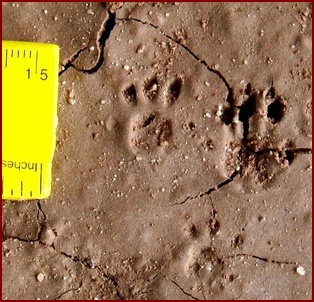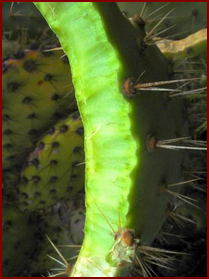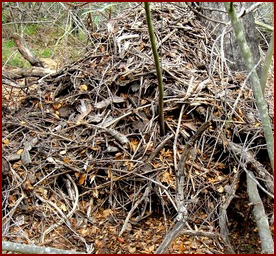COPYRIGHT 2009 DICK NEWELL
 |

ANALYZING THE WOODRAT TRACK

Front~Rear: The front track has four digits and the rear has five digits. There are two diagonally placed proximal pads in the bottom of the rear heel pad that makes this animal unique.
 |
 |
 |
Gait: A gallop or a trot is its most common gait and it's seldom found far from cover. Its stride is about 9".
These relatively large rodents are also known as pack rats. Since they are nocturnal and stay close to their natural cover they are seldom observed. When they do move across open land they will normally have their tail straight out behind them and will seldom leave a tail drag. We have two species in this county.
 |
Right~Left: On the front foot the smallest toe will be on the outside. On the rear foot the smallest toe will be on the inside. The bulbous metacarpal pads should be quite apparent.
WOODRAT
 |
 |


 |
If you find evidence of a woodrat in or near a cactus patch you are probably seeing the desert woodrat (Neotoma lepida). They often feed on cactus paddles and will build their nests within the security afforded by these spinney plants. This species is not bothered by the oxalic acid of this plant and they will consume large circular portions of the paddles.

The nest or midden of the dusky-footed woodrat (Neotoma fuscipes) is often found on the ground near an oak tree or up in its canopy. They will store acorns and other food and trinkets in these large stick nests. While the tracks of these two species are similar, those of N. fuscipes are slightly larger. Short of trapping, observing the habitat is the easiest way to determine the species.
 |

